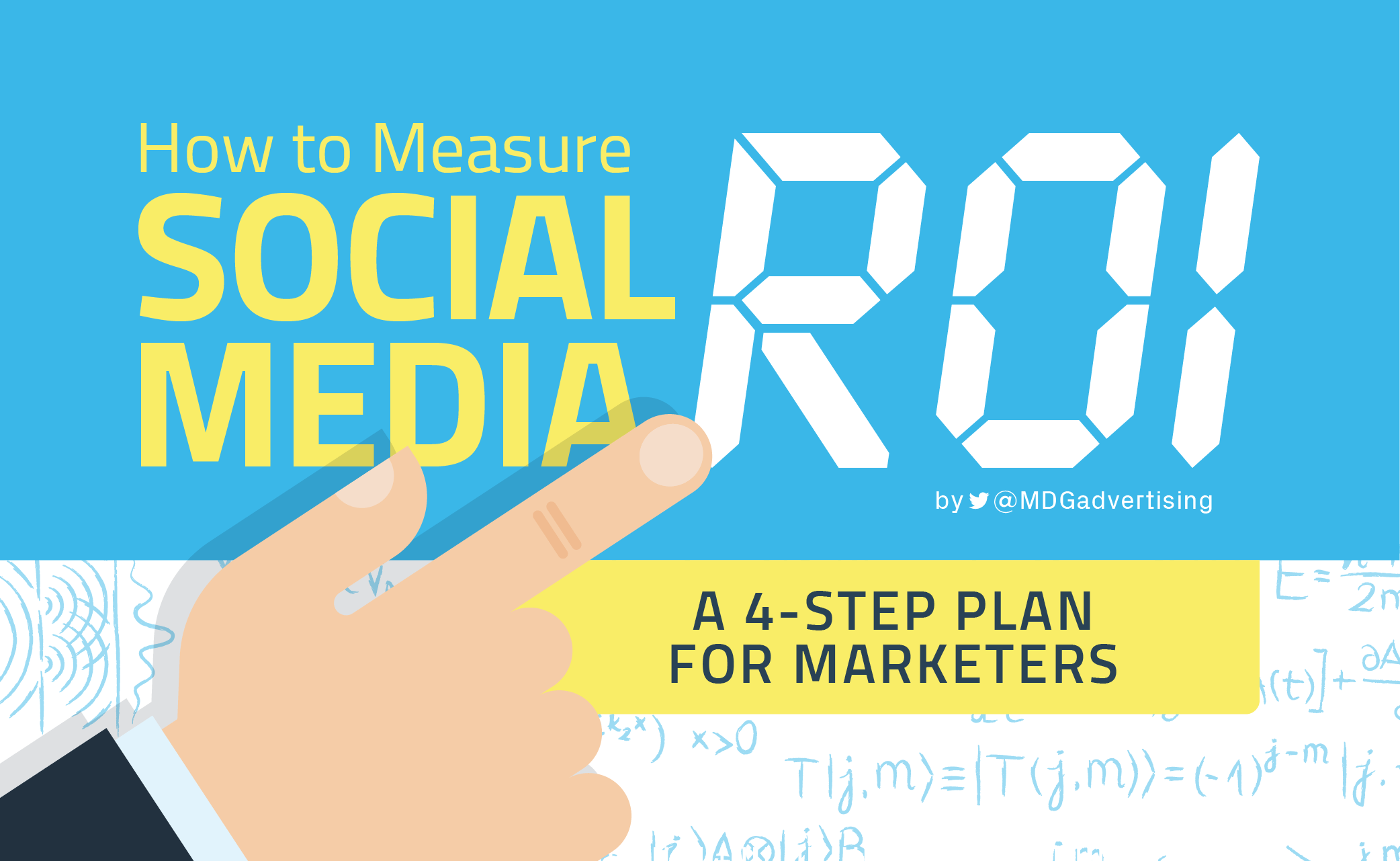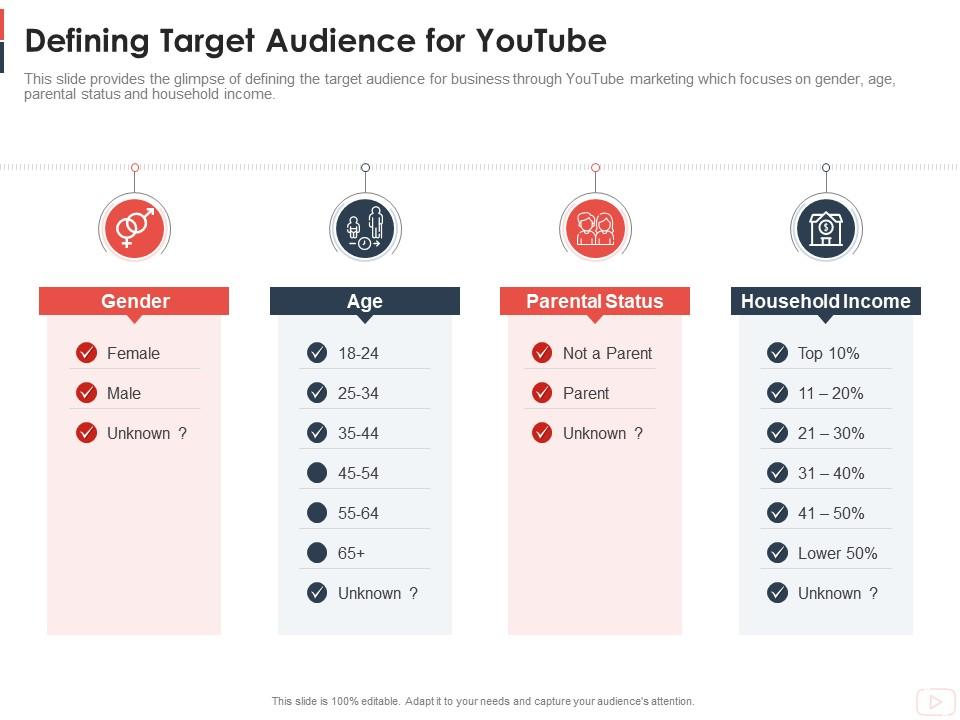
If you're wondering how to implement a social listening strategy, this article will give you the tips you need. You'll learn how to set up your account, analyze the data and respond to feedback. Furthermore, you'll learn how social listening can be used to your advantage. We'll cover how to set up and use social listening in your business, as well as the benefits of using social listening in your marketing strategy. This article will help to decide which social media monitoring tools work best for you.
How to create a social listening strategy
Social listening is an integral part of your marketing strategy. You can use this information to benchmark your business against your competitors, and use it to respond to unhappy customers and identify areas of improvement. Social media monitoring can help you identify your competitors' strengths and weaknesses as well as unresolved user problems. There are many metrics to track. Here are four:
First, identify the keywords that are being used the most often and where they are appearing in conversation. Once you know the keywords you can begin monitoring the conversation. Listening to what people have to say about your brand will help you develop effective marketing strategies. Additionally, you can track trends in your industry to make adjustments to your strategy.

How to analyse the data
Social listening is a great way to collect a lot of data. This data provides insights about consumers that social media marketing may not have had access to. For example, companies looking to expand into new product categories can see what consumers are saying about the product, as well as what audiences are interested in it. Similarly, B2B companies can use social listening to benchmark their performance against competitors, monitor new trends and keep up with the latest news.
The guide's use cases guide describes the different types of research that can be done using social listening. This guide explains how to use these data points to create different types of reports. Social listening tools, for example, provide deep consumer insights, competitive insight, and analysis on brands, buying behaviour, influencers, etc. These insights will enable you to develop data-driven campaigns, optimize your resources, and create powerful campaigns. The use cases presented in the guide are real-life examples of how to use social listening for business.
How to respond to comments/feedback
Your brand reputation management includes how you respond to feedback and comments from online communities. You can use social listening to spot red flags in customer feedback and complaints. It's important to be professional and courteous. It is best to appear approachable. Your reply should not be robotic. You should also acknowledge that the commenter is correct and give a time frame for your reply.

Customers are more likely to leave feedback or share their opinions about your brand than what you might think. Social listening tools let you track the current industry discussion and can be used to address any complaints. These insights can also be used to help improve customer service, create new campaigns, or even design new ones. By following customer recommendations and comments, you can uncover potential business opportunities, too. If done right, social listening will be invaluable in improving your business.
FAQ
What is a Content Strategist and how do they work?
Content strategists help brands tell stories through engaging messages that are emotionally connected to their audience. They are storytellers who focus on telling brand stories that help people make decisions and take action.
Content strategists understand how to engage potential and current customers. They use data analytics and storytelling to create experiences that are inspiring customers to go to stores, buy products, and share their excitement online.
They also know how to integrate social networks into these campaigns. They use technology tools such virtual reality and video to deliver exceptional customer experiences.
Content strategists are responsible for translating ideas into tangible plans that marketers can execute. This includes creating content and briefings for creative purposes, budget management, and the creation of content for television and print.
What are the benefits to content marketing?
Through the creation of high-quality content, Content Marketing helps to drive sales and leads. Content marketing offers a steady supply of new, original content that can then be used to promote products or services. Content marketing is a great way to increase brand awareness and trust among potential customers. Content marketing can also create a positive image of your company.
How can you build a content-marketing strategy that works?
Start by deciding what kind of content content you want. Next, define your target market. Then determine how they use the Internet. Next, identify which channels best reach your target market. Next, identify the best keywords for each channel. Finally, write compelling copy for each piece.
How much does it cost for a content strategist to be hired?
Many agencies and freelancers are willing to offer content creation services at reasonable rates. Some companies pay more for the experience of the person who is working on the project.
Statistics
- In fact, would pay more for a better customer experience, and 86% of B2B buyers would pay more. (neilpatel.com)
- Companies that use content marketing see approximately 30% higher growth rates than businesses not using it. (mailchimp.com)
- An example of an overarching goal could be: "In 2022, we want to achieve a 20% increase in revenue created by organic content and generate 15,000 MQLs with a budget of $30,000." (semrush.com)
- Measure your goals with a progress indicator of 0-100%. Make your goals collaborative and transparent (semrush.com)
- According to our research, 65% of companies with very successful content marketing in 2021 ran content audits at least twice a year. (semrush.com)
- Content marketing produces 3X more leads per dollar spent. Content marketing costs 62% less than traditional marketing. (criteo.com)
- Seventy-two percent business to business (B2B) (mailchimp.com)
- Progress indicators (0–100%) allow each team member to see how attainable each goal is and understand what remains to be accomplished. (semrush.com)
External Links
How To
How can you make videos more exciting?
Video Marketing is one of most powerful tools for Content Marketing. It allows you to communicate with your audience, engage them emotionally, and build trust. How do we turn boring into awesome? Let's dive into some simple tips!
-
Tell a good story. Storytelling lies at the heart and soul of all communication. Video marketing cannot work without storytelling. If you want to tell stories, you must ask yourself what kind of stories you want to tell. Is it entertaining? Educational? Inspiring? People share their stories via social media using photos and videos. Take inspiration from these stories and make your own.
-
Use images. Images are a faster way to convey emotions than words. They help us connect with others and feel empathy. Don't forget images! Pictures can be embedded in blog posts or added to slideshows.
-
Make it easy for people to share. Make it easy for your viewers to share the message. Include sharing buttons for your videos. Slideshows can include social icons. If you have a YouTube channel, add "Share" boxes.
-
Don't overdo it. Over-exaggerating graphics and information can lead to viewers losing interest. Keep it simple. You only need a few images to draw attention and keep it.
-
Keep it short. Short videos are very popular. You can create short videos of 5 minutes to generate buzz for your brand.
-
Get feedback. Listen to your audience. Ask your audience to share their experiences and tell you what they like. Get the answers and improve your content.
-
Make a plan. Think about the next video you might create. Can you create a series? Perhaps you could create a playlist of the most popular videos.
-
Test, test, test. It is not a good idea to release a video only to find out that no one watches it. Before releasing any video, test it on your audience. See what kind of reactions you get. Based on your results, make changes.
-
Repeat. Repeat steps 1-8 until you find the perfect formula. You'll be able create amazing videos every time you learn what works.
-
Measure results. It is important that you measure the success of your videos. What was their performance? Are there certain types of audiences that prefer watching specific types of videos? These questions will help you optimize your strategy.
-
You can adjust as needed. Don't stop learning once your video campaign is up and running. Learn from your failures and adapt your plans accordingly. Marketers who are the best always seek out ways to improve.
-
Enjoy it. Although video marketing isn’t difficult, it can take patience. As you gain experience, new strategies, tactics, and ideas will be available to you to help grow your business.